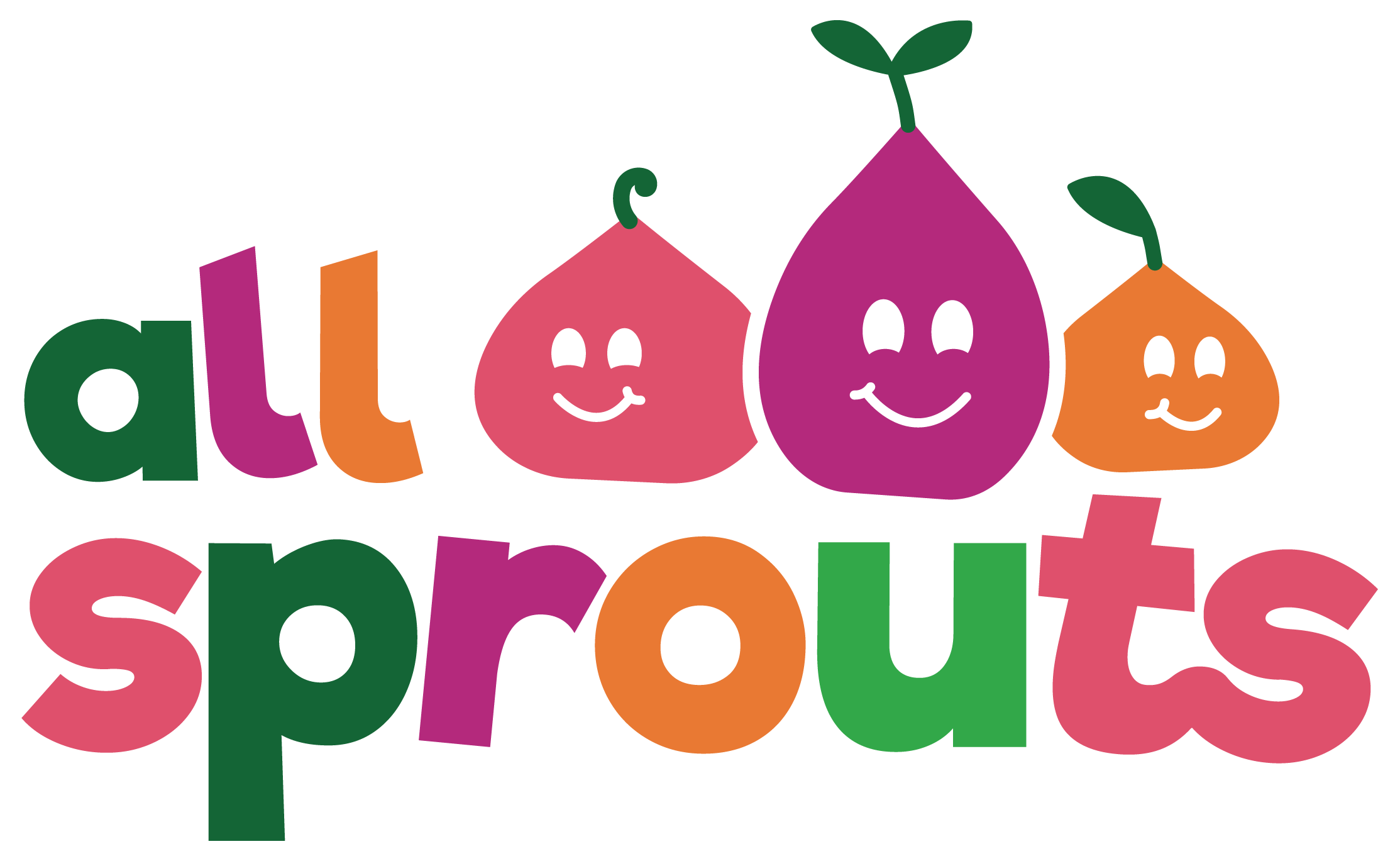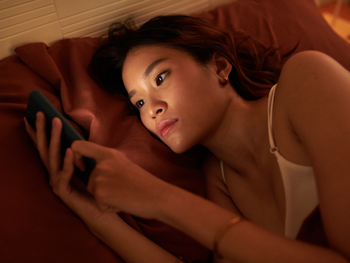Trade doomscrolling for dough mixing. AllSprouts Organic Sprouted Living Flours turn a digital detox into a delicious ritual—think warm spelt toast, oat pancakes, or rye cracker thins that digest clean, steady energy, and bring you back to real-world presence. Short, organic ingredient lists. Always sprouted. Your mind gets calm; your plate gets better.
In today’s hyperconnected world, our phones, laptops, and screens have become almost inseparable from daily life. From dawn to bedtime, we scroll, tap, and refresh—constantly consuming information and juggling alerts. Technology has brought remarkable convenience, but it also carries a hidden cost: the strain it places on mental health.
A digital detox—an intentional break or reduction in screen time—can serve as a much-needed reset. For those who already care deeply about physical wellness and nutrition, a digital detox offers a parallel opportunity: nourishment for the mind.
Why Consider a Digital Detox?
The toll of constant connection

Technology overload can quietly chip away at focus, emotional balance, and rest. Common side effects of excessive screen use include:
-
Mental fatigue and distraction: Frequent app-switching and notifications interrupt concentration, making sustained focus harder.
-
Sleep disruption: Blue light exposure and late-night scrolling suppress melatonin, delaying sleep and reducing quality rest.
-
Anxiety and low mood: Constant comparison on social media, sensational news, and endless notifications can heighten stress and negativity.
-
Addictive behavior: Many people experience compulsive checking, “phantom” notifications, or anxiety when away from their phones.
-
Reduced in-person connection: Screen time often replaces social time, quiet reflection, and outdoor activity—key components of emotional wellness.
While not all digital use is harmful, unchecked exposure can erode balance, focus, and joy.
What research suggests
Emerging studies indicate that taking periodic breaks from digital devices can modestly improve mood, sleep, and attention. Although results vary between individuals, many report greater calm, sharper focus, and renewed creativity after a few days of intentional disconnection. Digital detoxing is not a cure-all, but when paired with supportive habits—movement, social time, mindfulness—it can become a valuable tool for emotional restoration.

Benefits of a Digital Detox
-
Improved mood
Stepping away from digital comparison and constant input helps quiet mental chatter and can ease feelings of stress or sadness. -
Better sleep
Limiting screens before bed allows natural sleep cycles to recover, leading to deeper, more refreshing rest. -
Sharper focus and productivity
Removing distractions clears mental space for sustained concentration and creative thinking. -
More mindful presence
Without constant digital noise, it becomes easier to notice small moments—meals, conversations, nature—that often slip by unnoticed. -
Deeper relationships
Face-to-face connections gain meaning when screens are set aside, supporting empathy and authentic engagement. -
Greater self-awareness
Time away from devices reveals patterns of overuse and highlights what truly matters, paving the way for lasting digital balance.
How to Create a Sustainable Digital Detox
1. Define your purpose
Clarify what you hope to gain—less stress, more time for hobbies, better sleep, or a clearer mind. Goals keep the detox intentional rather than restrictive.
2. Choose a realistic time frame
Start small. Try:
-
Micro detox: A 30-minute daily phone-free period.
-
Mini detox: A few hours or one evening without screens.
-
Full detox: A weekend offline or longer during vacations.
Even short, consistent breaks can yield benefits over time.
3. Set clear boundaries
Establish simple rules that fit your life. Examples:
-
No phones during meals.
-
No screens an hour before bed.
-
Keep the phone outside the bedroom.
-
Turn off non-essential notifications.
-
Use “Do Not Disturb” or “Focus” modes for set periods.
Consistency matters more than strictness.
4. Replace screens with enriching activities

A detox works best when your time is filled with nourishing offline alternatives:
-
Nature walks or light exercise.
-
Reading or journaling.
-
Cooking, baking, or creative projects.
-
Meditation or breathwork.
-
Time with friends and family.
Replacing digital habits with meaningful ones reduces the urge to revert.
5. Gradually taper if needed
If complete disconnection feels overwhelming, reduce use step by step. Cut back on the most draining apps first, then extend screen-free intervals. Gradual detoxing minimizes withdrawal-like anxiety and makes the change sustainable.
6. Seek support or accountability
Invite a friend, partner, or colleague to join your detox. Sharing progress, challenges, and successes can keep motivation high and make the process more enjoyable.
7. Reflect and re-integrate
After each detox, pause to evaluate what you learned.
-
Which activities made you feel relaxed or energized?
-
What digital habits crept back immediately?
-
Which boundaries were most helpful?
Use this insight to design a balanced digital routine moving forward.
Challenges and Cautions
Balance, not abstinence
Technology is essential for modern life, work, communication, safety, and education. The goal is not to eliminate it but to use it consciously. A rigid or extreme detox can backfire if it creates stress or impractical disruption.
The rebound effect
Some people binge on screen time once the detox ends. This is normal but signals that moderation skills may need reinforcement. Creating gradual, recurring detox intervals helps maintain progress.
Emotional withdrawal
Heavy users may initially experience restlessness, boredom, or “FOMO.” These feelings usually fade as the brain adjusts. Planning enjoyable offline activities can smooth the transition.
Unhealthy attachments to AI chatbots
In recent years, the rise of AI companions and chatbots has created new forms of digital dependency. Some users form emotional attachments to AI tools that simulate empathy or companionship, which can blur the line between real and artificial connection. While these technologies can provide support or entertainment, they should not replace genuine human relationships or emotional outlets. A digital detox helps reset these boundaries—reminding users that authentic connection, with real people, is essential for mental and emotional health.
Individual differences
Personality, mental-health status, and lifestyle influence outcomes. People with severe anxiety, depression, or ADHD should consult a mental-health professional before major digital restriction, since online tools may play a supportive role in therapy or connection.
Imperfect research
Most digital-detox studies rely on self-reported data and short-term measures. Results are promising but not definitive. Treat detoxing as one element of a broader wellness strategy, not a guaranteed cure.
Integrating Digital Wellness into Everyday Life
Digital detox works best when combined with other habits that nourish both body and mind.

Mindful mornings
Start the day without your phone for at least 30 minutes. Use that time to stretch, journal, or prepare a wholesome breakfast that fuels you with sustained energy. This creates a calm foundation before screens intrude.
Screen-free meals
Eating without distractions enhances digestion, satisfaction, and mindfulness. It also allows you to taste and appreciate your food fully.
Nature as therapy
Time outdoors naturally reduces stress hormones and restores attention. Make walks, hikes, or gardening part of your routine—activities incompatible with endless scrolling.
Purposeful evenings
Replace late-night scrolling with wind-down rituals: light reading, herbal tea, or quiet reflection. Dimming screens before bed signals your body that rest is near.
Conscious re-entry
When you reconnect digitally, do so intentionally. Check only essential messages. Resist the urge to scroll out of habit. Awareness is the long-term goal.
Sample One-Week Digital Detox Plan
|
Day |
Focus |
Main Rule |
Replacement Activity |
|
Monday |
Gentle start |
No screens 30 min after waking |
Stretch or journal |
|
Tuesday |
Awareness |
Track total screen time |
Identify top 3 unnecessary apps |
|
Wednesday |
Connection |
Phone-free dinner |
Talk or cook with family |
|
Thursday |
Mindfulness |
Limit social media to 30 min |
Read or listen to calming music |
|
Friday |
Rest |
No screens after 9 pm |
Take a warm bath or meditate |
|
Saturday |
Full detox |
24 hrs minimal phone use |
Outdoor activity, hobby, or volunteer |
|
Sunday |
Reflection |
Review the week |
Note changes in mood and focus |
This schedule can be repeated weekly or modified based on personal needs. Over time, screen-free habits become second nature.
How Digital Detox Aligns with a Balanced Lifestyle
A balanced lifestyle rooted in nourishment and authenticity aligns perfectly with the idea of a digital detox.
-
Mindful nourishment: Eating without screens lets flavors and satiety cues shine.
-
Whole-body wellness: Just as clean ingredients fuel the body, clean digital habits restore the mind.
-
Simplicity and presence: Disconnecting from noise helps reconnect with what matters—people, purpose, and the planet.
-
Community inspiration: Encouraging customers to try phone-free mornings or “unplugged weekends” can build a shared culture of conscious living.
In a world overflowing with digital clutter, it’s a good reminder that the best ingredients for health are often the simplest: real food, real connection, and moments of real quiet.
Final Thoughts
Digital detoxing is less about deprivation and more about choice. It invites you to pause, breathe, and decide when—and how—you want technology in your life. The benefits, though modest in research, can feel profound in practice: calmer moods, deeper rest, sharper focus, and genuine human connection.
Start small. Protect a few daily minutes of screen-free time. Treat your attention as the valuable resource it is. By balancing connectivity with conscious disconnection, you can cultivate a lifestyle that truly feeds both body and mind.
Power down the screen and power up the staples. Stock AllSprouts Sprouted Oat, Spelt, Rye, and Multigrain flours, bake once, and enjoy screen-free breakfasts and snacks all week. Certified organic. Always sprouted. Real food, real focus, real reset.

